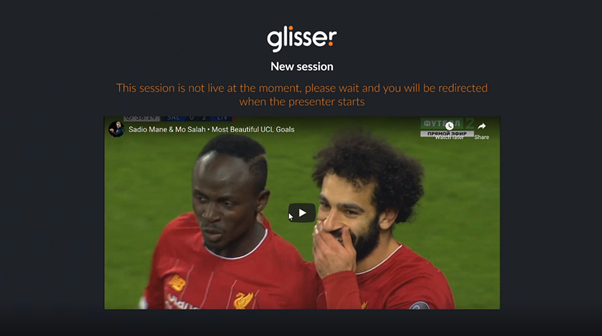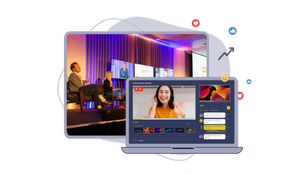Please give us a snapshot of your role and how you ended-up being responsible for event technology?
I’ve been with EY for ten years. I started by managing teams of planners that supported our US operations. However, I was always looking for new technologies that would help enhance and modernize our event programs. Pre-pandemic, there was no centralized person to manage our event technology so I put myself forward within the M&E department.
Once the pandemic hit, our large corporate enterprise technology division realized that this siloed, niche tech for meetings and events would actually be connecting people across the globe, so needed to be integrated into the corporate tech stack. So now, I sit within a small team that manages our global portfolio of digital event technologies.
Who had input into your enlarged role to ensure that it was a workable position, which could transcend the whole global group?
The conversations started with EY’s larger stakeholder groups including brand marketing and communications, learning and development teams, and of course M&E. But we also had to involve the back-end technology and enterprise IT departments to find out if we could support streaming, what available bandwidth did we have, and how could we integrate into other data systems within the organization.
What are some of the key data metrics that are now considered business critical?
Historically, we would look at small data-sets such as RSVP information, cost-savings, attrition etc. But we struggled to get under the covers of what was happening from a deeper, more participatory level.
Now, we have really rich insights into people’s behaviors and personas. We can look at speaker delivery, content resonance, and marketing effectiveness. Plus, we have the ability to challenge assumptions and reveal the truth behind our program activity.
For external activity involving a sales pipeline, we can properly judge the ROI of a program supported by hard facts because you analyze behavior, see how long someone stayed and whether or not they made a purchase.-width-700-name-2022 Webinars LinkedIn 1200x627 (3).png.png)
To watch Glisser’s full conversation with Jess King from EY, access the on-demand webinar here.
What are the more accessible data points and what insights present the biggest challenge?
The basics are around dwell times, how people use different learning modules on our various platforms and how they’re participating with Q&A, polls and other audience engagement features.
Our biggest challenge is turning all this available raw data into actionable insights very quickly.
We move from one event to another fast. So, if we take too long to analyze and feed-back, we end-up missing the opportunity for improvement. Engagement scores are a useful benchmark but we need to understand more granular and comparative participatory insights quicker.
What has been the most surprising trend or data insight with regards to event technology platforms?
Honestly, I’ve been the most surprised at the disconnect between stakeholders who insist that people want to network across digital platforms and the majority of attendees who disagree and show very little interest in having networking forced upon them online.
How do you get the most out of your technology suppliers?
It’s about developed relationships, having clear and honest communication, setting your goals and objectives together and ensuring that the supplier feels like they’ve got ‘skin in the game’.
Suppliers have to perform like they’re an extension of your team so they have to feel like they’re an extension of your team. Once a vendor no longer feels disposable, you have a real opportunity to push the envelope and develop a high-performing team based on trust.
What’s the craziest data request you’ve received from enterprise teams?
We’ve had a few but it all comes down to a desire to better understand whether or not people are paying attention and remaining interested in the content. We get asked a lot about eye-movement tracking and micro-expression recognition for example. There are obvious privacy concerns associated with these. But maybe it’s something for the future.
What else may the future hold for event technology and data?
I think we’ll see Machine Learning (ML) and AI play a larger role in understanding engagement data faster. It will allow us to harvest more insights from the growing data lake that we’re currently all swimming in. ML and AI will also help us become more predictive so that we can design more personalized training and event programs, enhance the overall experience and achieve set goals.
To watch Glisser’s full conversation with Jess King from EY, access the on-demand webinar here.





.png)
.png)

.png)